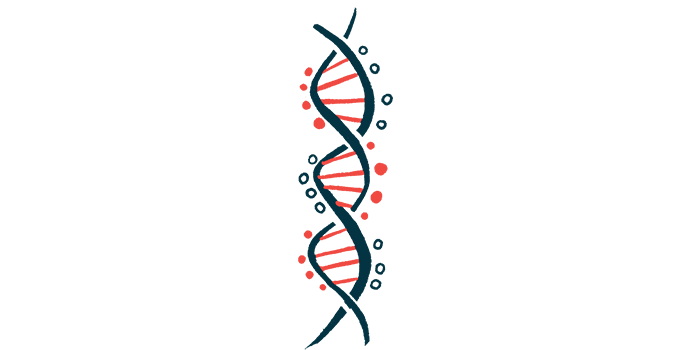GCase Enzyme Activity Not Linked to Parkinson’s Risk, Severity

The activity of the enzyme glucocerebrosidase, called GCase, is not tied to the risk of developing Parkinson’s, nor linked with the disease’s severity, a new analysis from Israel indicates.
“We did not find an association with risk for” the early signs or symptoms of Parkinson’s disease, the researchers wrote, adding that “no … correlations were detected between GCase activity and disease severity measures.”
The results were published in Movement Disorders, in a study titled “Glucocerebrosidase Activity is not Associated with Parkinson’s Disease Risk or Severity.”
GCase is an enzyme that functions in the lysosome — basically cellular “recycling centers” — helping to break down complex molecules into simpler substances that can be repurposed by the cell. The instructions for making this enzyme are encoded by a gene called GBA.
Mutations in GBA are known to increase the risk of developing Parkinson’s disease. It has been proposed that GBA mutations may lead to poor GCase function, which sets the stage for the toxic accumulation of abnormal proteins like alpha-synuclein, a hallmark of Parkinson’s. However, the functional relationship between GBA mutations and Parkinson’s disease remains poorly understood.
Now, a team led by scientists at the Tel-Aviv Medical Center, in Israel, and Biogen conducted a series of statistical analyses to look for connections between GBA mutations, GCase activity, and the risk and severity of Parkinson’s disease. For these analyses, the researchers used data from a natural history study — a scientific study in which people with a given disorder are observed to see how the disease progresses without medical intervention.
The analysis included a total of 170 people with Parkinson’s, as well as 221 non-manifesting carriers (NMC) — that is, people who carry the mutation but have so far shown no symptoms of Parkinson’s. All of the participants were Ashkenazi Jewish, and all were tested for several GBA mutations common in this population. Participants also were tested for a known Parkinson’s risk mutation in another gene called LRRK2.
Of the Parkinson’s patients, 102 had GBA mutations and 38 had LRRK2 mutations. Among the NMC, 129 had GBA mutations, 45 had LRRK2 mutations, and 15 had mutations in both genes.
The results showed that GCase activity tended to be lower in people with GBA mutations, regardless of Parkinson’s status.
However, there were no significant associations between GCase activity and the risk of Parkinson’s disease. There also were no significant associations found between enzyme activity and various disease symptoms.
“GCase activity does not seem to hold promise as a biomarker for disease risk or severity” in Parkinson’s, the researchers concluded, though they noted that interactions between GCase activity and other factors might still have relevance to the development and progression of the disease.
The researchers noted that this study has several limitations, including its relatively small size and the fact that patients were only assessed at one point in time.







